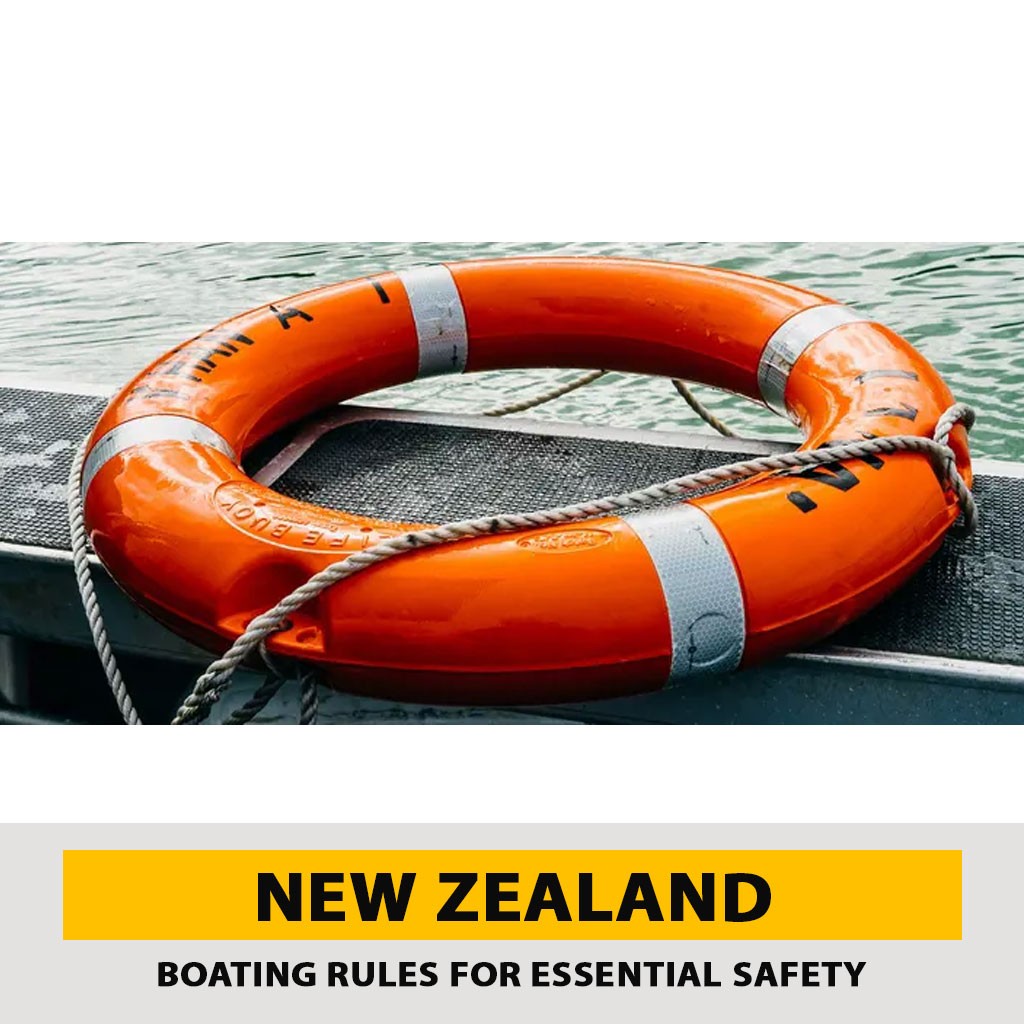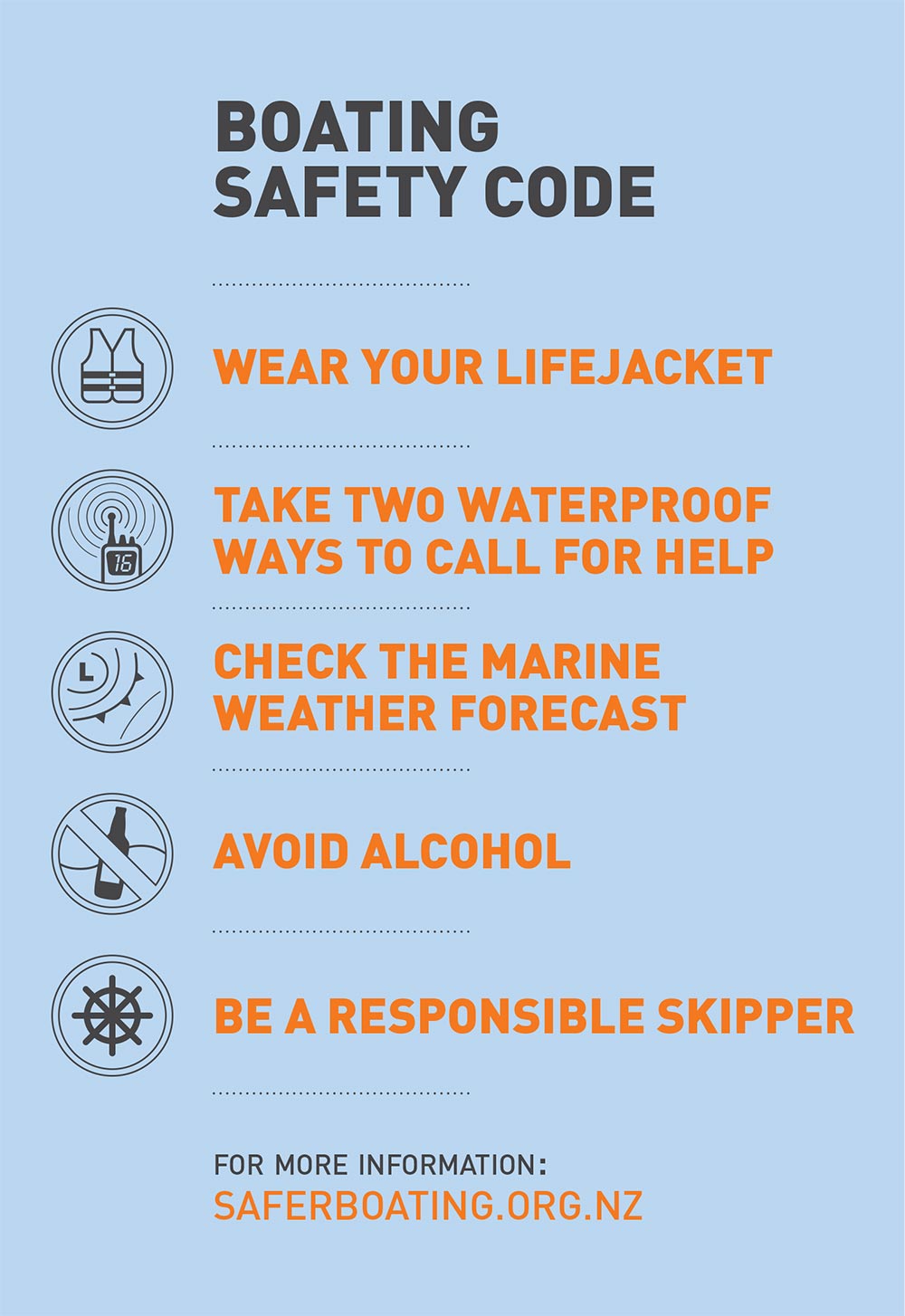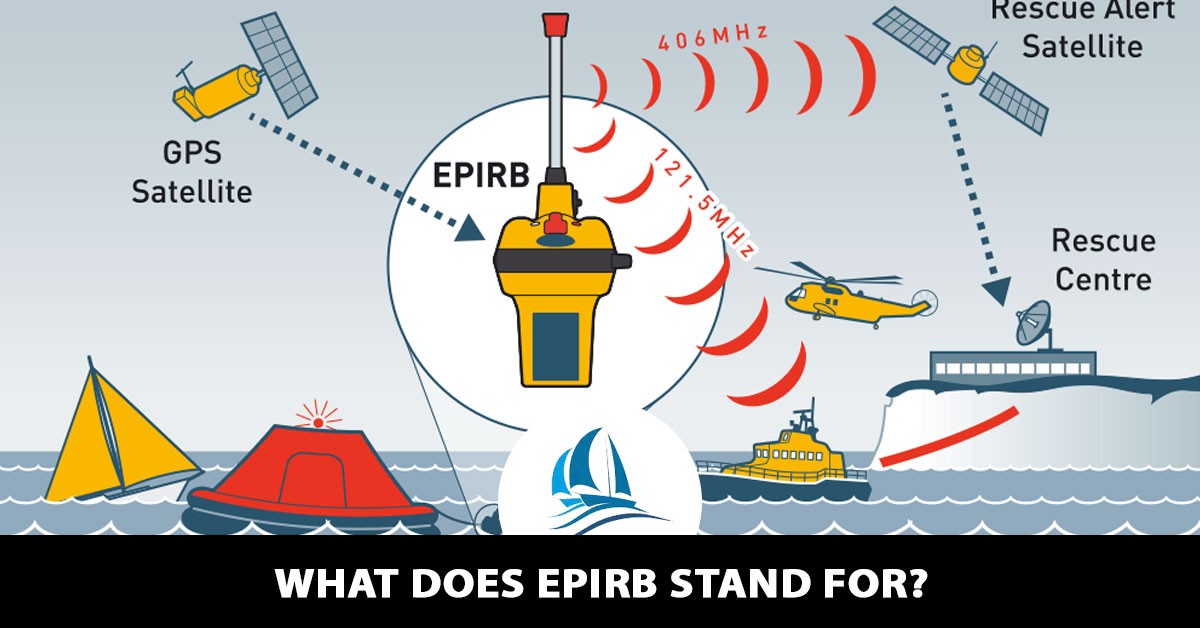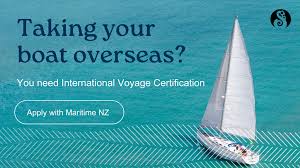Planning an extended voyage from New Zealand? Then understanding the International Voyage Certificate (IVC) requirements is absolutely essential. This comprehensive guide will break down the key aspects, from crew qualifications to vessel inspections, helping you navigate the process and ensure a smooth departure. Remember, the official and most up-to-date information can always be found on the Maritime New Zealand website, and it’s crucial to consult that resource directly. This blog post is meant to be a helpful overview, but it shouldn’t replace official guidance.
Crew Requirements: Skills and Certifications
The IVC process emphasizes crew competency, recognizing that a well-trained and experienced crew is crucial for a safe and successful voyage. Here’s a detailed look at what’s expected:

- Skipper Experience: The skipper’s experience is paramount. While a specific certification like RYA Offshore isn’t strictly mandated, the skipper must demonstrate a proven track record of handling vessels in similar conditions to the intended voyage. This includes experience with:
- Passage planning and navigation
- Weather interpretation and decision-making
- Vessel handling in various sea states
- Emergency procedures and crisis management
- Leadership and crew management Evidence of this experience can be provided through logbooks, testimonials, previous passage details, and other relevant documentation. A strong background in seamanship is essential.
- Medical Experience: At least one crew member, and ideally more, should possess recognized first aid and medical qualifications beyond basic first aid. This could include certifications like:
- Advanced First Aid
- Sea Survival and First Aid
- Offshore Medic The crew should be capable of managing common medical issues that may arise at sea, including wound care, seasickness, and other minor ailments. Having a well-stocked medical kit and a clear understanding of its contents is also essential.
- Safety at Sea Certificates: All crew members must hold appropriate safety at sea certificates. These certificates should cover:
- Basic Sea Survival: This includes knowledge of life raft use, abandon ship procedures, and survival techniques.
- First Aid and CPR: All crew members should be proficient in basic first aid and CPR.
- Firefighting and Fire Prevention: Crew members should understand fire safety procedures onboard, including the use of fire extinguishers and firefighting equipment.
- Distress and Safety Communications: Crew members should be familiar with distress signaling procedures, including the use of flares, EPIRBs, and VHF radio.
Vessel Requirements: Ensuring Seaworthiness
The IVC process also involves a thorough inspection of the vessel to ensure it meets the required safety and seaworthiness standards. Here are some key areas:

- Hull and Structure: The hull must be sound and watertight. Inspectors will check for any damage, deterioration, or signs of previous repairs.
- Rigging and Sails: The rigging and sails must be in good condition and suitable for the intended voyage. Inspectors will examine lines, fittings, sails, and spars.
- Engine and Propulsion: The engine and propulsion system must be in good working order and regularly maintained. Inspectors may require service records and a sea trial.
- Steering and Navigation: The steering system must be reliable and responsive. Navigation equipment, including GPS, chartplotter, radar, and compass, must be functional and properly installed.
- Safety Equipment: The vessel must carry a comprehensive array of safety equipment, including:
- Life raft (with appropriate servicing records)
- EPIRB (with current registration)
- Personal Flotation Devices (PFDs) for all crew members
- Flares and other distress signaling devices
- First aid kit
- Fire extinguishers
- Bilge pumps
- Communication Equipment: The vessel must have reliable communication equipment, such as a VHF radio and, for longer voyages, a satellite phone or SSB radio.
- Other Equipment: Depending on the intended voyage, other equipment may be required, such as an anchor and rode of sufficient size, storm sails, and a comprehensive tool kit.
The Inspection Process: Who, How, and What to Expect
The IVC inspection is typically carried out by a qualified marine surveyor recognized by Maritime New Zealand. Here’s a general overview of the process:

- Finding a Surveyor: You’ll need to contact a qualified marine surveyor and arrange for an inspection. Maritime New Zealand may have a list of approved surveyors.
- Preparing for the Inspection: Before the inspection, ensure your vessel is clean, organized, and all necessary documentation is readily available. This includes maintenance records, equipment manuals, and crew certifications.
- The Inspection: The surveyor will conduct a thorough inspection of the vessel, checking all the areas mentioned above. They may also conduct a sea trial to assess the vessel’s performance.
- Addressing Deficiencies: If the surveyor finds any deficiencies, you’ll need to address them before the IVC can be issued. This may involve repairs, replacements, or additional equipment.
- Issuance of the IVC: Once the surveyor is satisfied that the vessel meets the required standards, they will issue the IVC.
Raising the Standard: Essential Improvements
While the specific requirements may vary depending on the vessel and intended voyage, some common improvements are often necessary to meet the IVC standards:

- Upgrading Safety Equipment: Ensure all safety equipment is up-to-date, in good working order, and properly serviced.
- Improving Communication Systems: Consider upgrading communication equipment, especially for longer voyages.
- Enhancing Crew Training: Ensure all crew members have the necessary certifications and participate in regular safety drills.
- Regular Maintenance: Implement a regular maintenance schedule for the vessel’s systems and equipment.
Yacht Delivery Solutions: Your Partner in Preparation

Navigating the IVC requirements can be complex, and ensuring your vessel and crew are fully prepared for an extended voyage takes time and expertise. That’s where Yacht Delivery Solutions can help. We specialize in yacht deliveries throughout New Zealand and the South Pacific, and we’re intimately familiar with the IVC process. We can assist with vessel preparation, crew selection, and ensuring all necessary certifications and documentation are in order. Contact us today to discuss your delivery needs and let us help you set sail with confidence. Remember, the Maritime New Zealand website is your primary source of truth for all IVC-related information. We’re here to support you in navigating that process.

1 Comment
Leave a reply